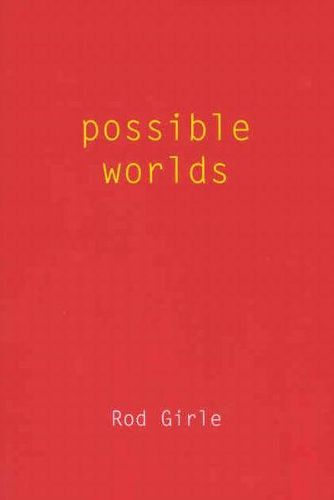Readings Newsletter
Become a Readings Member to make your shopping experience even easier.
Sign in or sign up for free!
You’re not far away from qualifying for FREE standard shipping within Australia
You’ve qualified for FREE standard shipping within Australia
The cart is loading…






To propose the idea of a possible world that differs in some possible way from our actual world, for example, a world where the grass is red or where no people exist, can help us to analyze and understand a range of philosophical concepts, such as counterfactuals, properties, modality, and of course, the notions of possibility and necessity . This introduction to the subject of possible worlds surveys the range of current thinking, examining the ideas of Kripke, Lewis, Armstrong, Stalnaker and others. Beginning with a discussion of possible for and possible that , and imagination and fiction, the author moves on to discuss Kripke’s many logics for possibility and Lewis’ counterpart worlds. Epistemic possibility, computation and possible worlds, physically possible worlds, impossible worlds, and real possibility, are then discussed in turn in separate chapters. How the idea of a possible world can be put to use in different areas of philosophy is examined, and the problems it may arise, and the benefits that can be gained, are investigated.
$9.00 standard shipping within Australia
FREE standard shipping within Australia for orders over $100.00
Express & International shipping calculated at checkout
To propose the idea of a possible world that differs in some possible way from our actual world, for example, a world where the grass is red or where no people exist, can help us to analyze and understand a range of philosophical concepts, such as counterfactuals, properties, modality, and of course, the notions of possibility and necessity . This introduction to the subject of possible worlds surveys the range of current thinking, examining the ideas of Kripke, Lewis, Armstrong, Stalnaker and others. Beginning with a discussion of possible for and possible that , and imagination and fiction, the author moves on to discuss Kripke’s many logics for possibility and Lewis’ counterpart worlds. Epistemic possibility, computation and possible worlds, physically possible worlds, impossible worlds, and real possibility, are then discussed in turn in separate chapters. How the idea of a possible world can be put to use in different areas of philosophy is examined, and the problems it may arise, and the benefits that can be gained, are investigated.